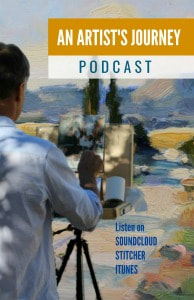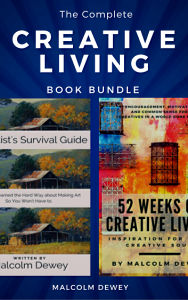|
Conventional wisdom goes that the ability to draw accurately is vital to becoming an accomplished artist. I speak here of the painter not illustrator. This belief seems to stalk the beginner painter. There was a time when young artists would spend their first year of training simply drawing with pencil and charcoal. Often these artists would become superb draftsmen and go onto to producing fine realistic paintings. But what if you prefer the painterly approach often associated with the impressionsit movement? My argument is that you need not be concerend about conventional drawing technique. There is a better way to train yourself.
Painterly painting seeks to capture the essence of a subject. It is not a photograph. It is rather a blend of emotion and technique that allows the viewer to fill in some of the content. How is this done? The artist should avoid drawing in the conventional manner. That is taking a pencil and drawing an accurate outline of the subject. This is a common failing in the beginner's approach. The next step will then be fill in the spaces between the outlines. The artist may then think that it is a good painting. However the artist will soon feel that something is missing. That element found in experienced artist's paintings that eludes the beginner. It is not quality of draftsmanship. It is simply due to a mistaken approach to painting. On occasion I have seen beginners paint watercolour in a free and easy manner. The resulting painting is often filled with basic shapes and has a fresh look. The same artist, when using oils, tends to labour the painting with fine brushes to get an accurate drawing. The end result is a stiff, formal and boring painting. How can the same person get such different results? It comes down to how the artist handles shapes. A painting should be an exploration of bold shapes consisting of colour notes placed next to each other. Just as great music requires notes placed alongside each other. Colour notes correctly placed as shapes will have a beautiful effect when viewed in totality. Yes this requires keen observation and it takes time to develop an eye for accurate shapes. To put it bluntly - get the shapes and colours correctly placed and the drawing will take care of itself! The key to shapes is to forget about details. Think rather in terms of colour masses. The V-like shape of a torso for instance or is it more rectangular? Look and then commit to the shape on the canvas. A landscape, for instance is often made up a four masses comprising light, dark and two mid-value shapes. The sky and tree-line would be the extreme light and dark masses respectively. The distant hills a mid-value as well as the foreground land also being a mid-value. Far better to get these shapes and colour masses down than to fret over drawing twigs and leaves! These large masses can be refined with smaller shapes in warm or cool colours as you work from thin paint to thicker paint. Never get into the little brush details. The mind fills those in. A great way to ensure that masses remain your focus is to use a large brush. It is surprising how a size 8 long-flat bristle brush can be manipulated to produce many shapes. See how far you can get then leave the painting . It will be finished. While drawing should always be part of the artist's skill it is not the determining factor in painterly painting. Shapes and colour notes are the true objective. |
AuthorMalcolm Dewey: Artist. Country: South Africa Archives
June 2024
Categories
All
FREE
|
|


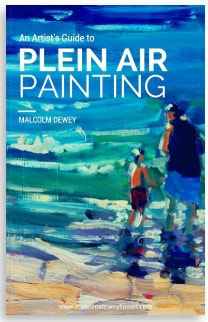
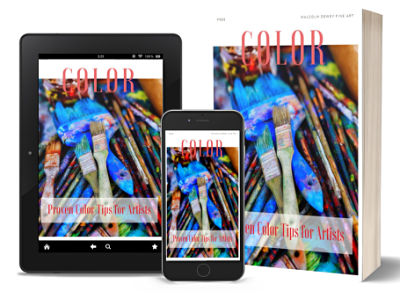
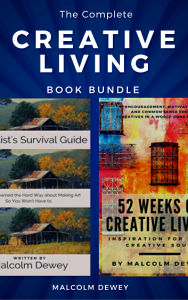
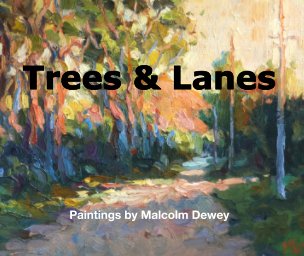



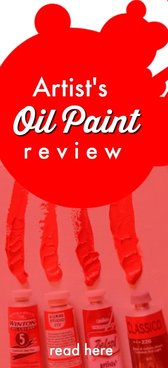

 RSS Feed
RSS Feed
